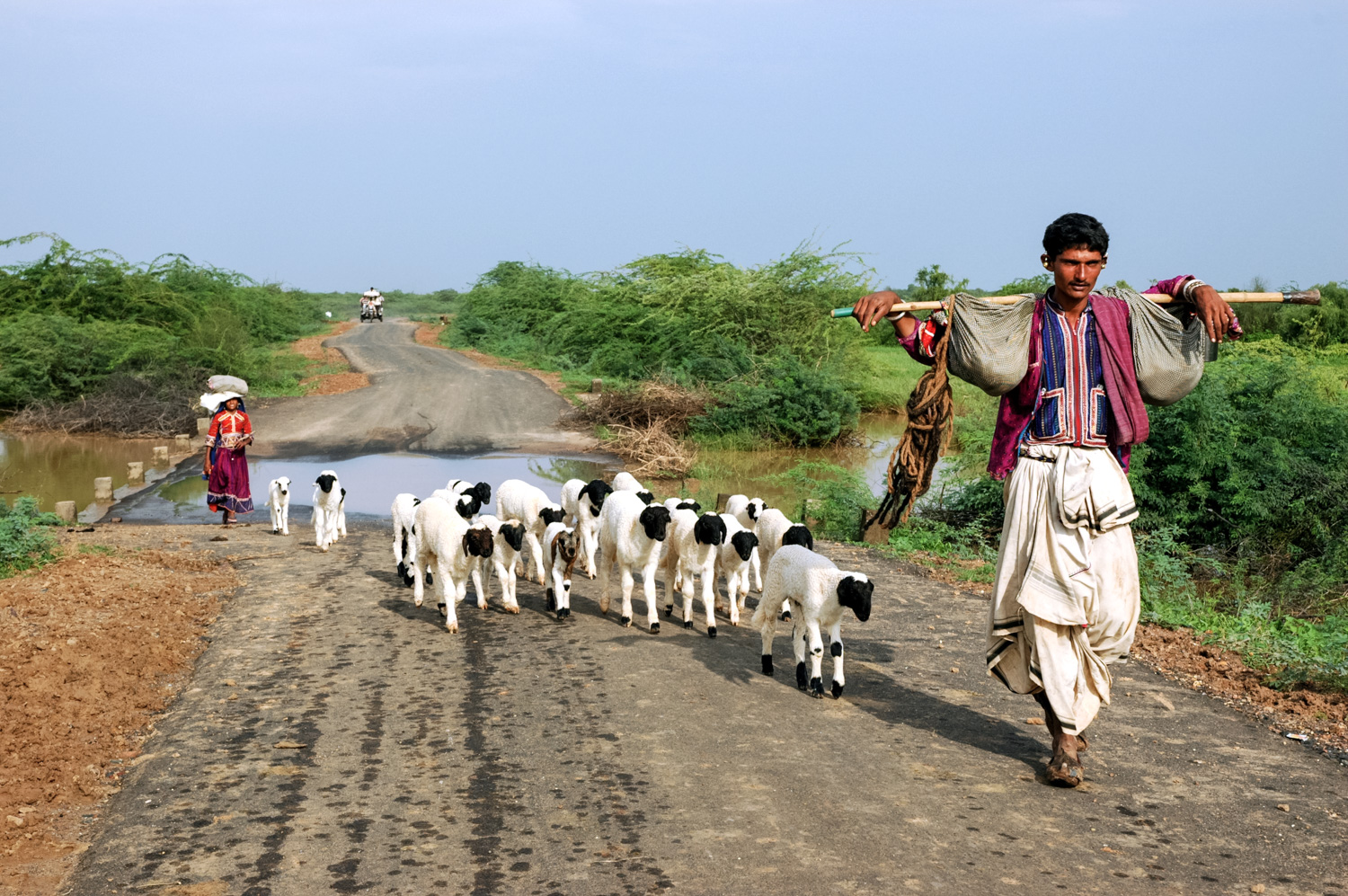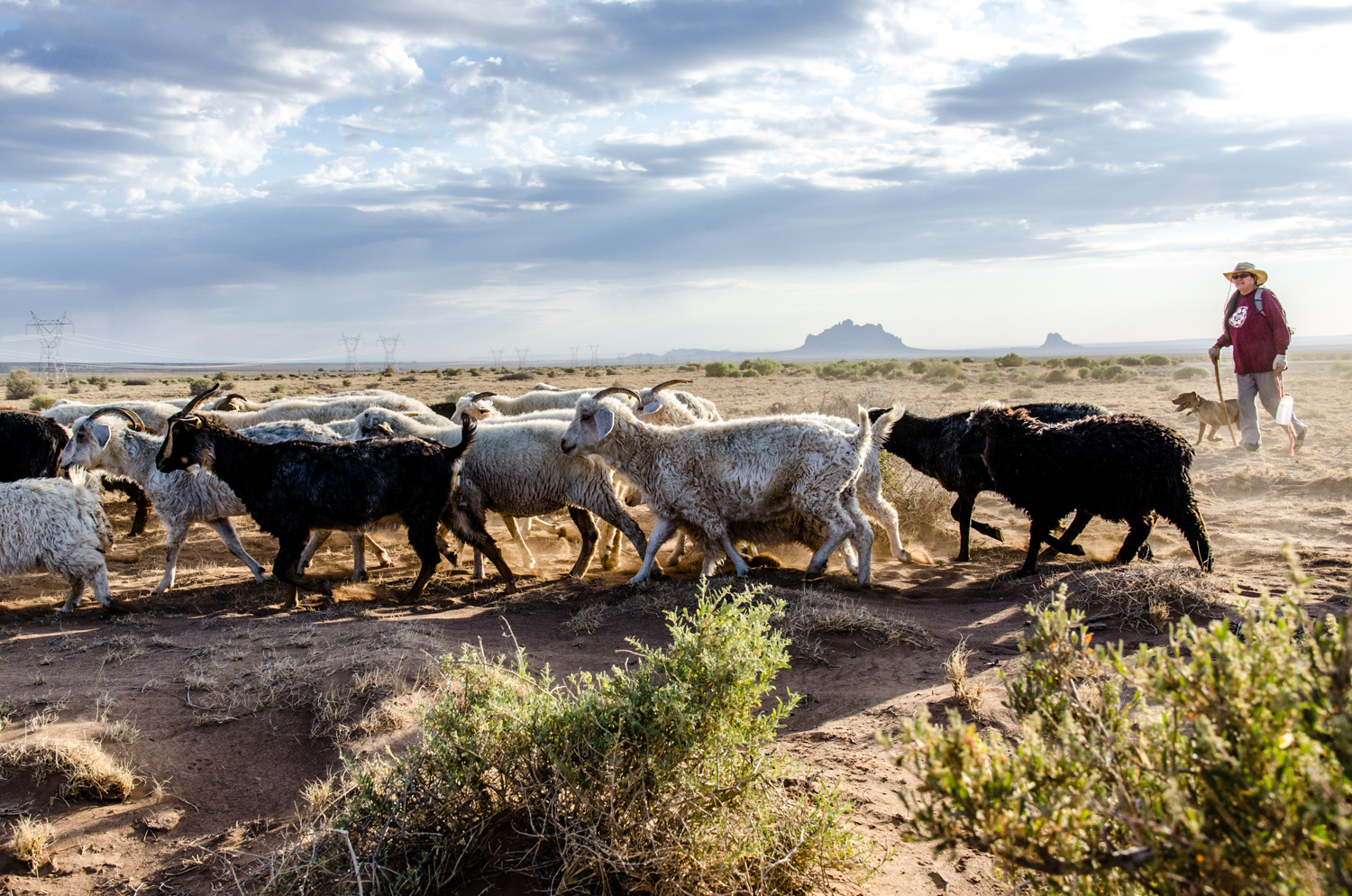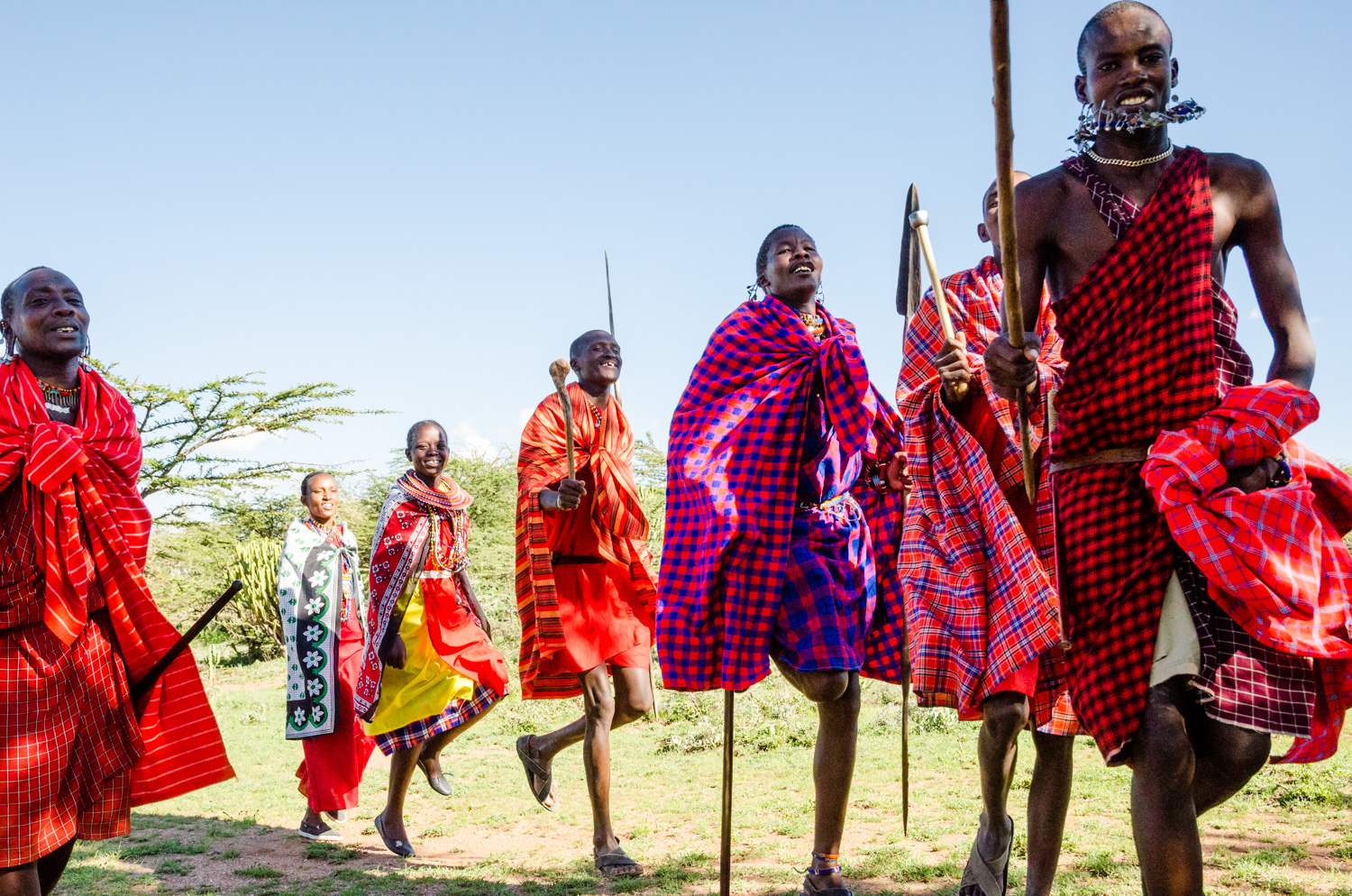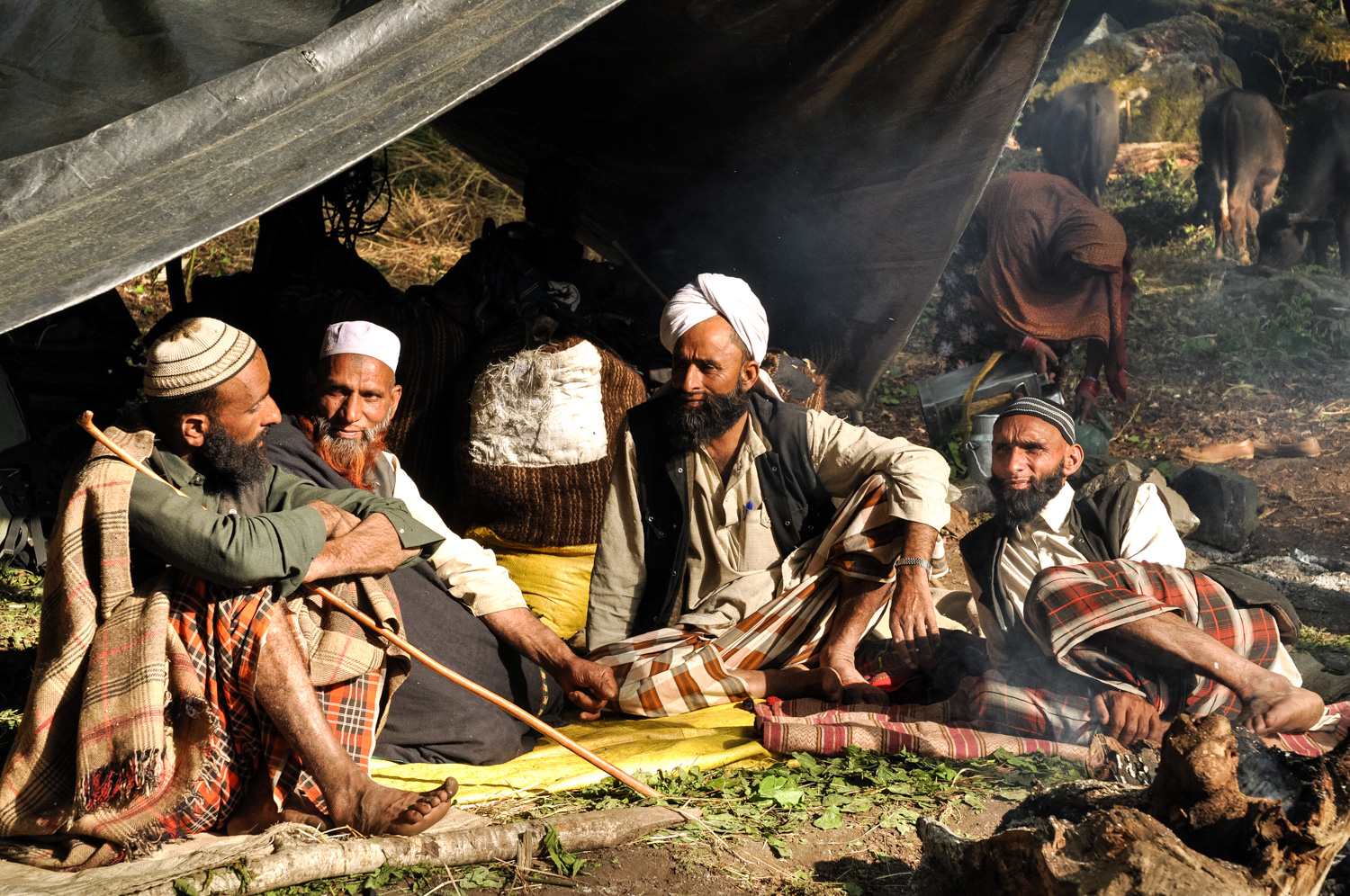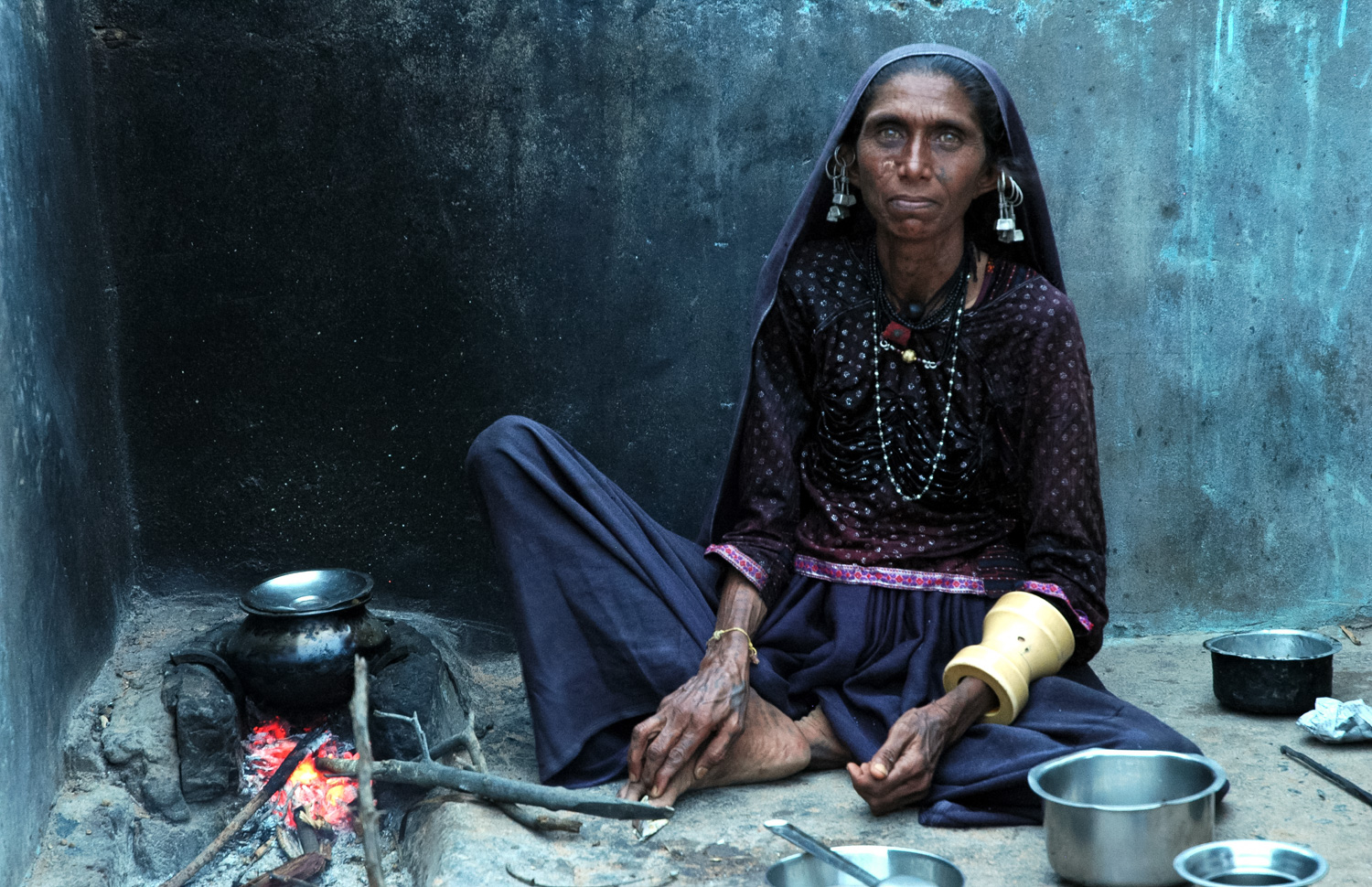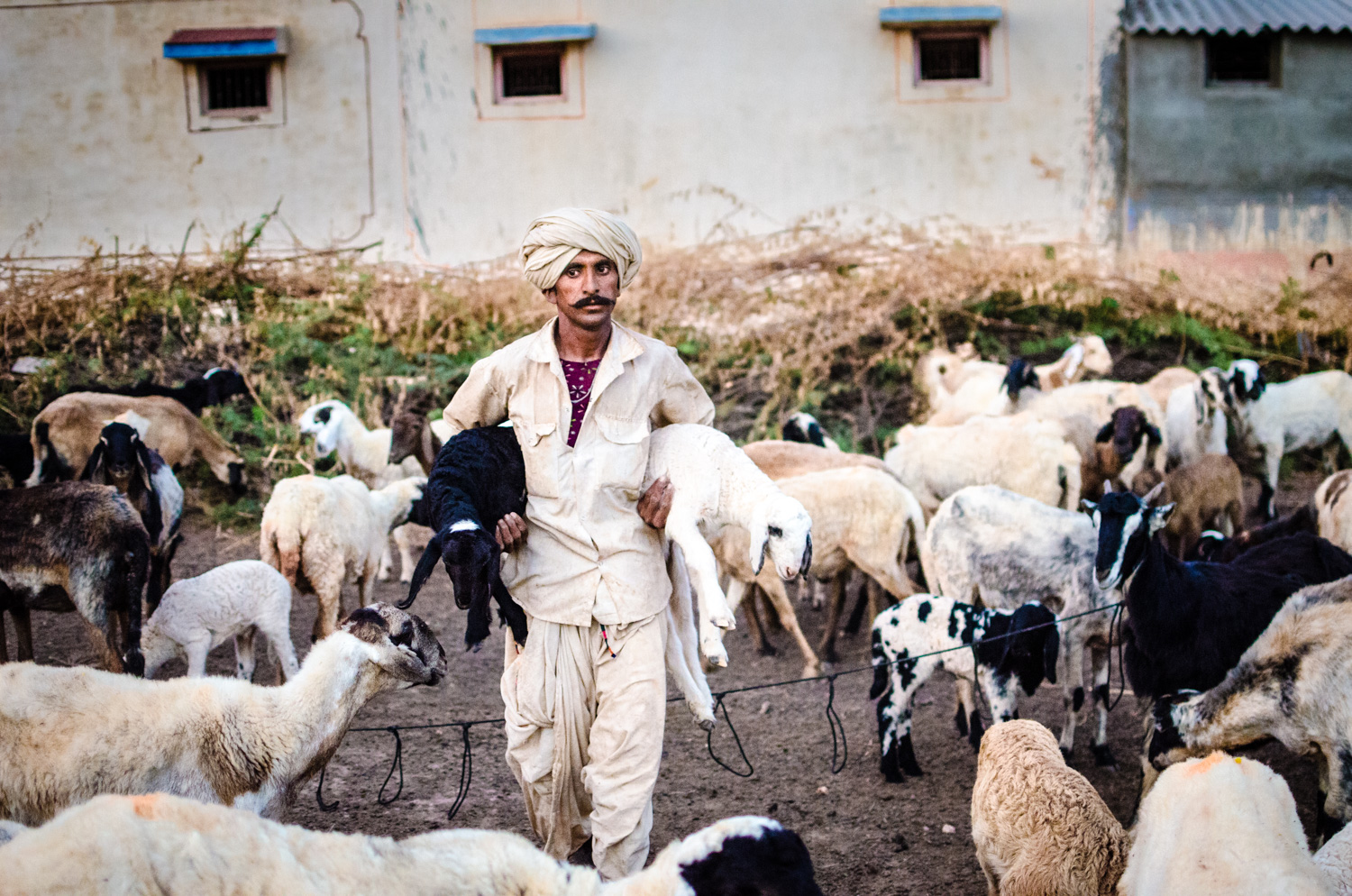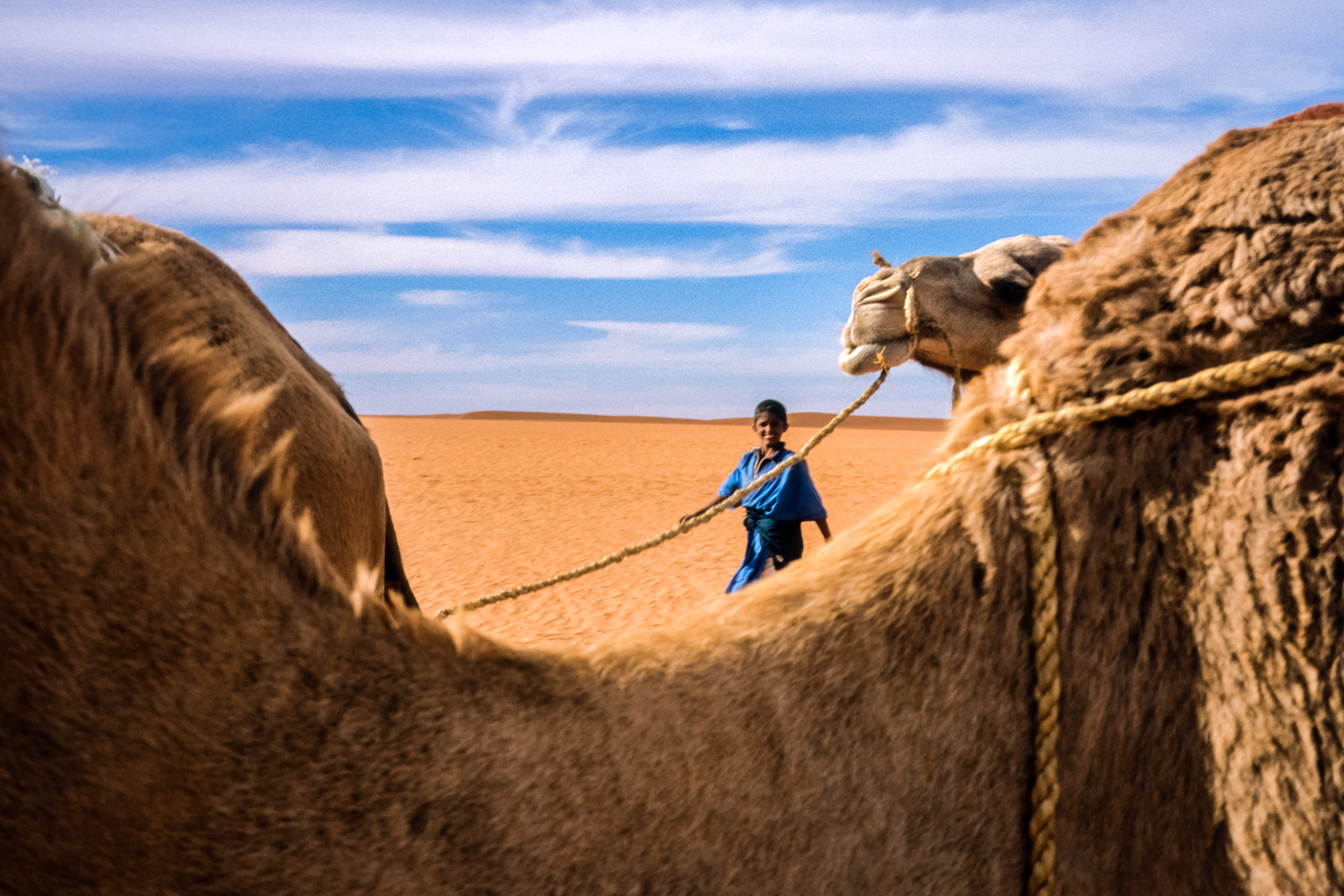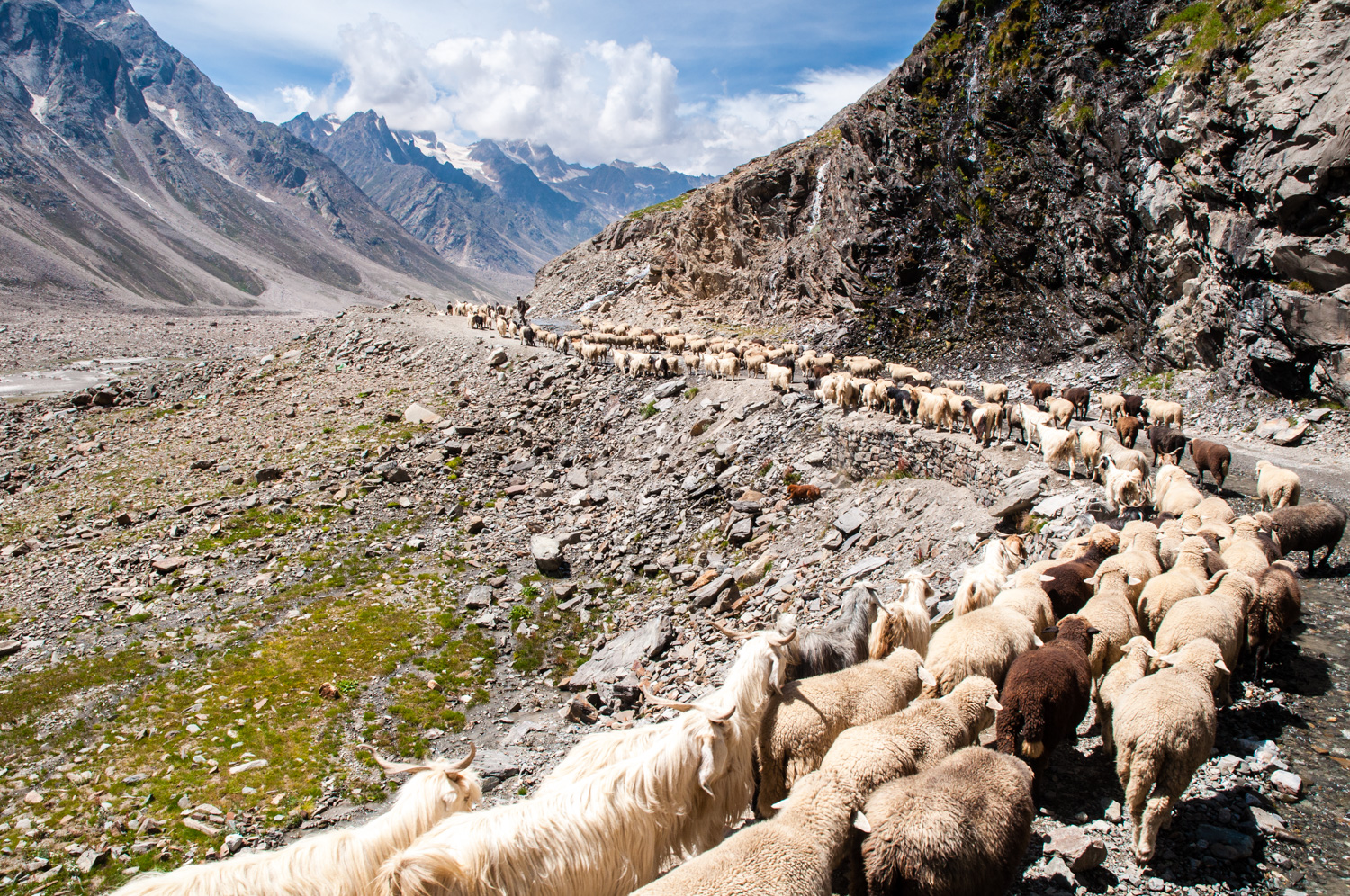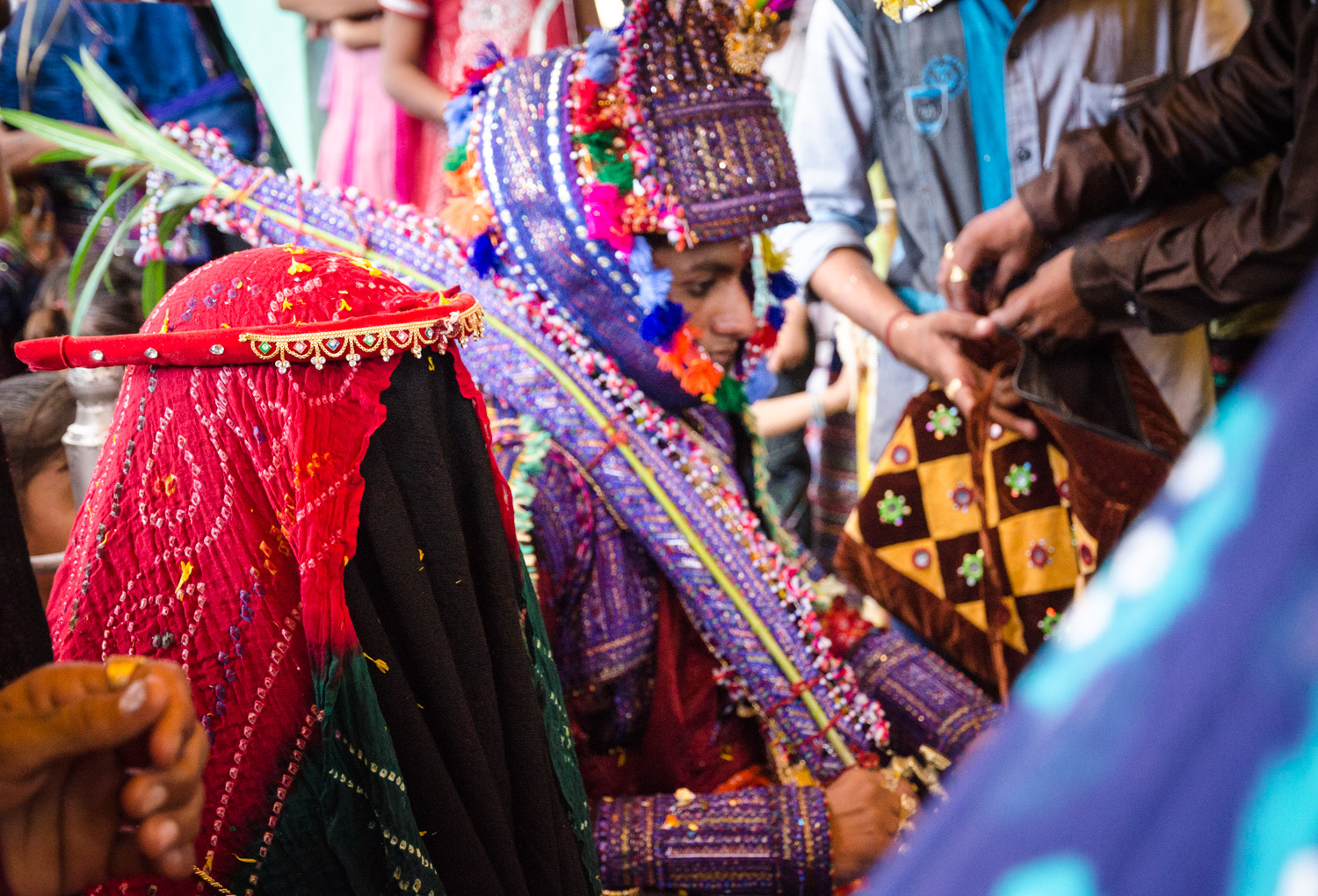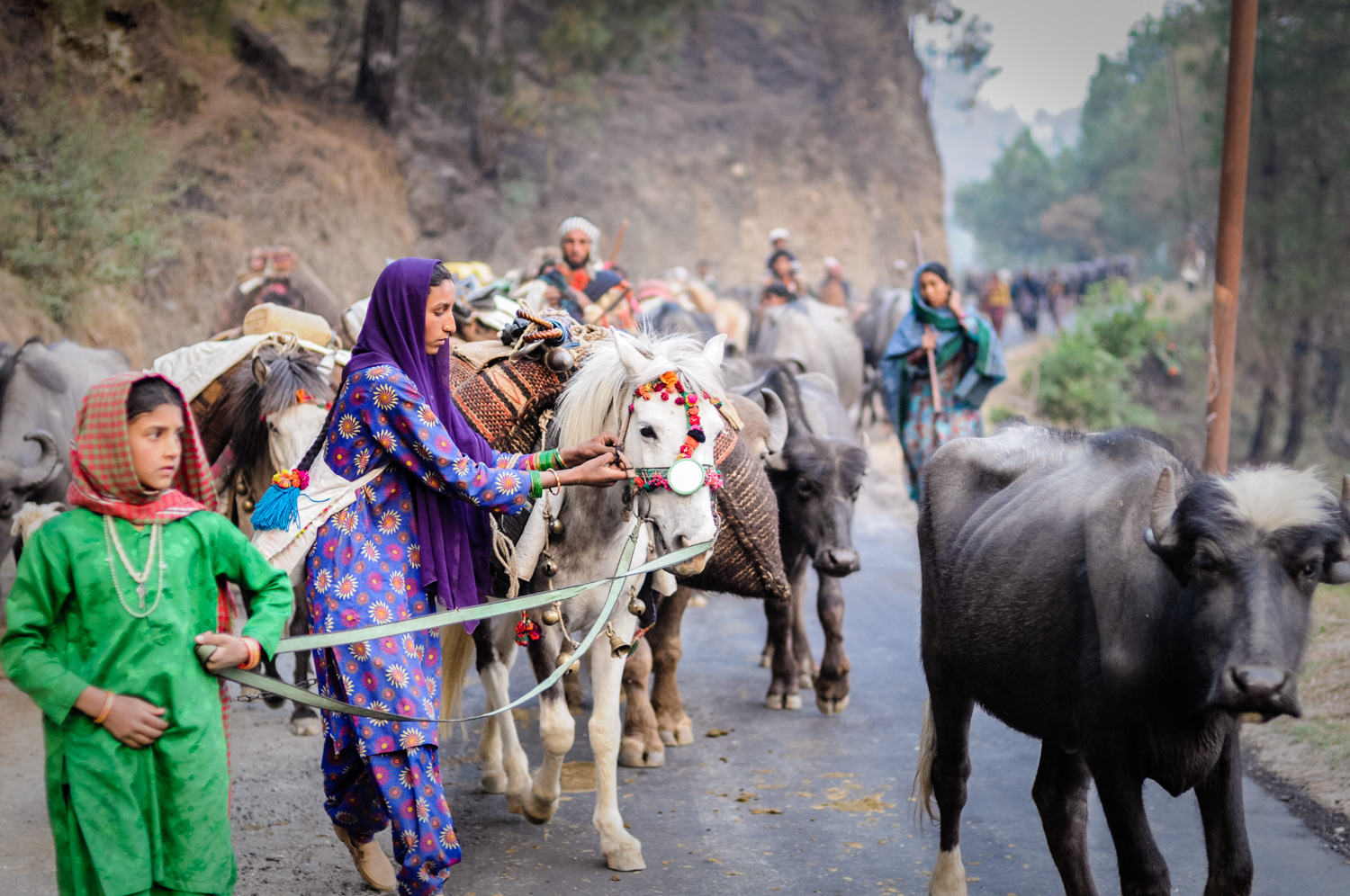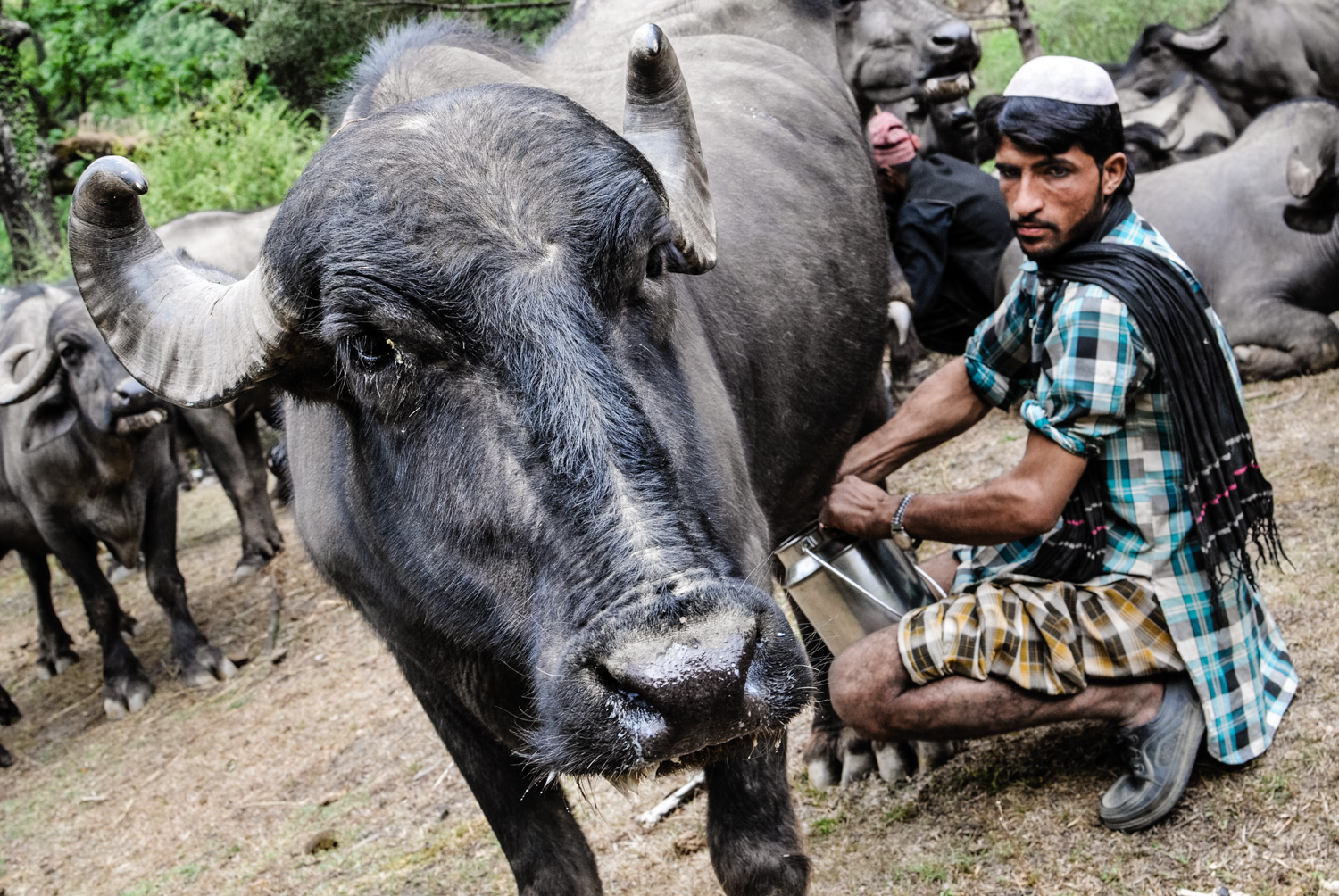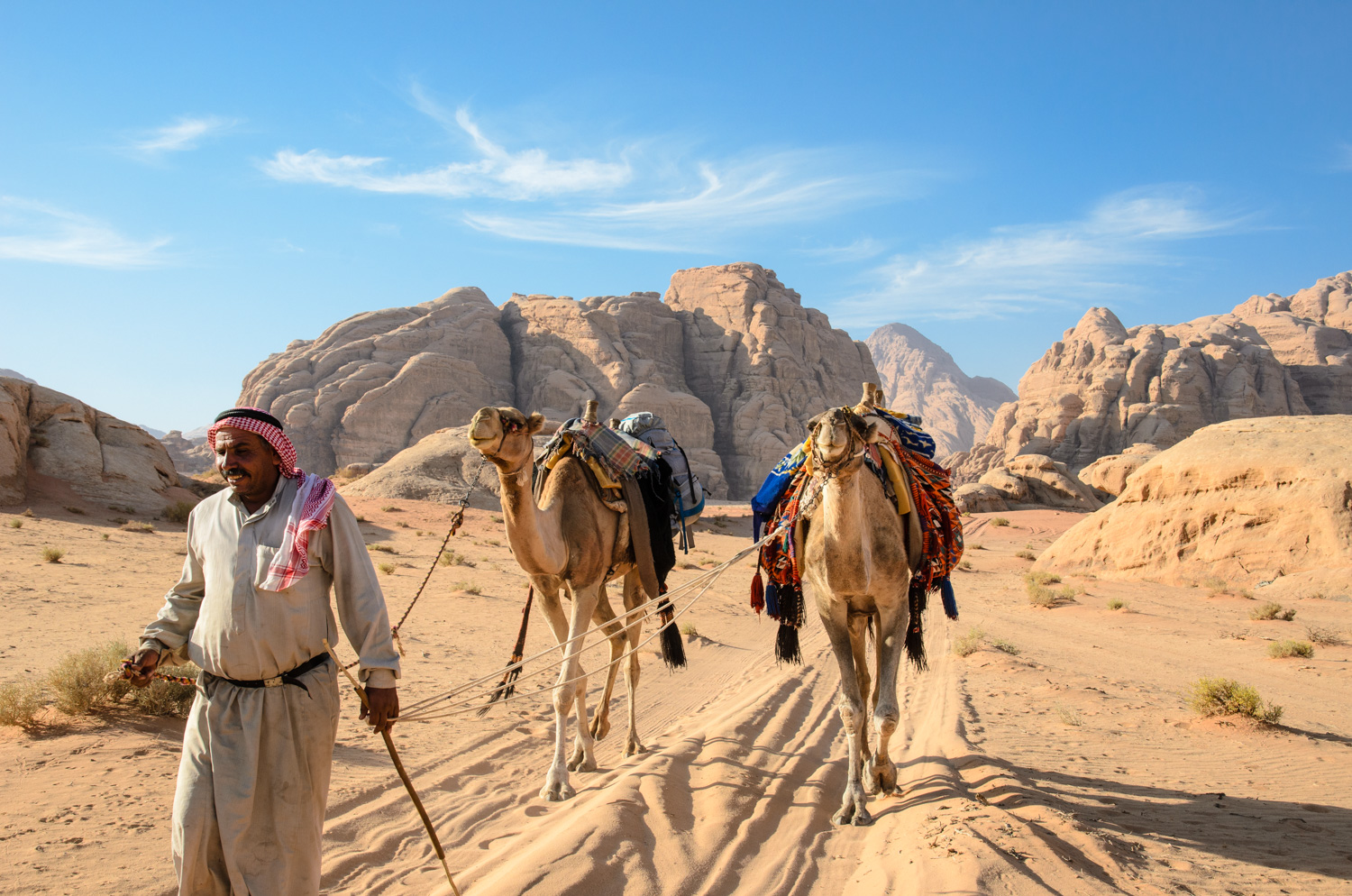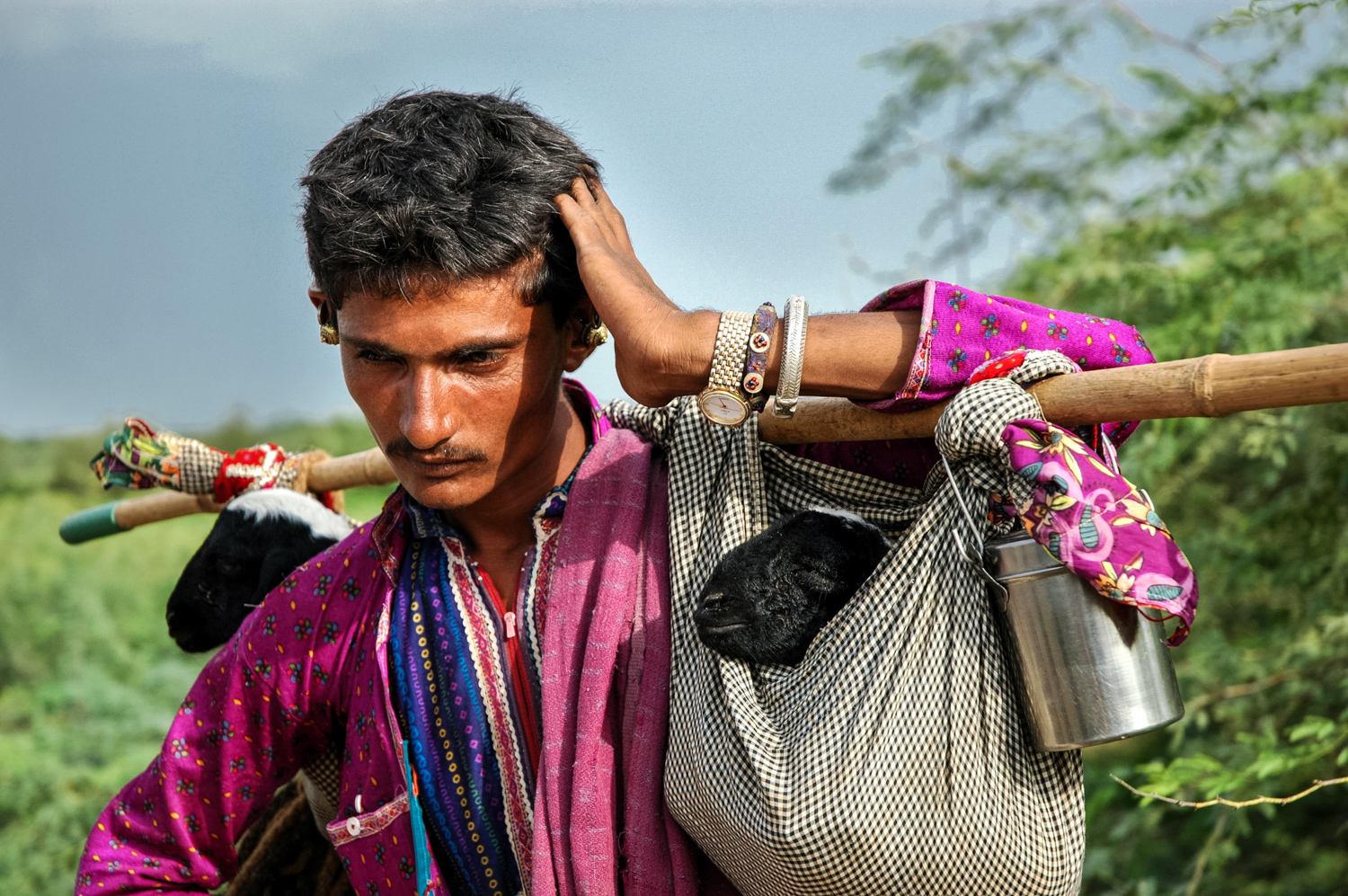Nomadic Worlds
Since the earliest eras of human civilization, people have moved according to the seasons in search of green pastures for their livestock. Today, between 100 and 200 million people around the world belong to nomadic or migratory herding cultures. While many still live in ways that their ancestors would find familiar, virtually all are facing serious challenges to their traditional lifestyles. Many are confronting profound dilemmas about how to keep the cultures they cherish fundamentally intact, while making changes - out of necessity and choice - that will help them thrive now and in the future.
TCP's Nomadic Worlds project will document life in mobile herding communities, from the Mongolian steppes to the Sahara Desert to the Himalayas and beyond. Their homes might be felt yurts, woolen tents, plastic tarps or huts of stone or thatch. They might raise cows or sheep - or yaks, camels, llamas or water buffaloes. Though there are many differences between these communities, they also have many things in common, including an intimate relationship with their natural environments, which they rely on directly for the sustenance of their animals and themselves.
As a result, migratory pastoralists are masters of the art of sustainable living; many are now seen as being fundamental elements of the ecosystems in which they dwell, helping to keep them in balance. Since many live in 'fringe' lands that are too dry and difficult for other types of agriculture, they understand how to maximize the use of scant resources without permanently depleting them. Because of the fragility of their environments, these communities are on the front lines of climate change, and are already dealing on very local levels with problems that the rest of the world may soon face.
We have a lot to learn from them, while being fascinated with learning about them.
Nomadic Worlds will be a perpetually growing and evolving wing of the TCP archive, tracking traditional migratory cultures over time and expanding to include as many as possible. We have already made substantial connections with nomadic communities across the globe who are excited to participate, eager to share their knowledge and cultures. This project has the enthusiastic endorsement of the World Alliance of Mobile Indigenous Peoples, an international network of nomadic peoples that advocates for the rights of migratory cultures worldwide, and the World Initiative for Sustainable Pastoralism, which is a project of the International Union for Conservation of Nature. Recognizing that pastoralists are a crucial working part of the food supplies and economies of many countries, we're collaborating on this project with Jessica Duncan, (PhD), Lecturer, Rural Sociology Group, Wageningen University, The Netherlands.
The cornerstone of Nomadic Worlds is the Van Gujjar Project, which we launched in July 2013. Within one week, it was added to the online tutorials of UC Berkeley's Graduate School of Journalism as a model of digital storytelling. Since then we’ve added pieces on the Afar of Ethiopia, traditionally transhumant pastoralists in Turkey’s Munzur Valley, along with our award-winning multimedia story on high altitude yak herders in Sikkim. Our short photostories about nomadic communities can be found at 20shots.com.




